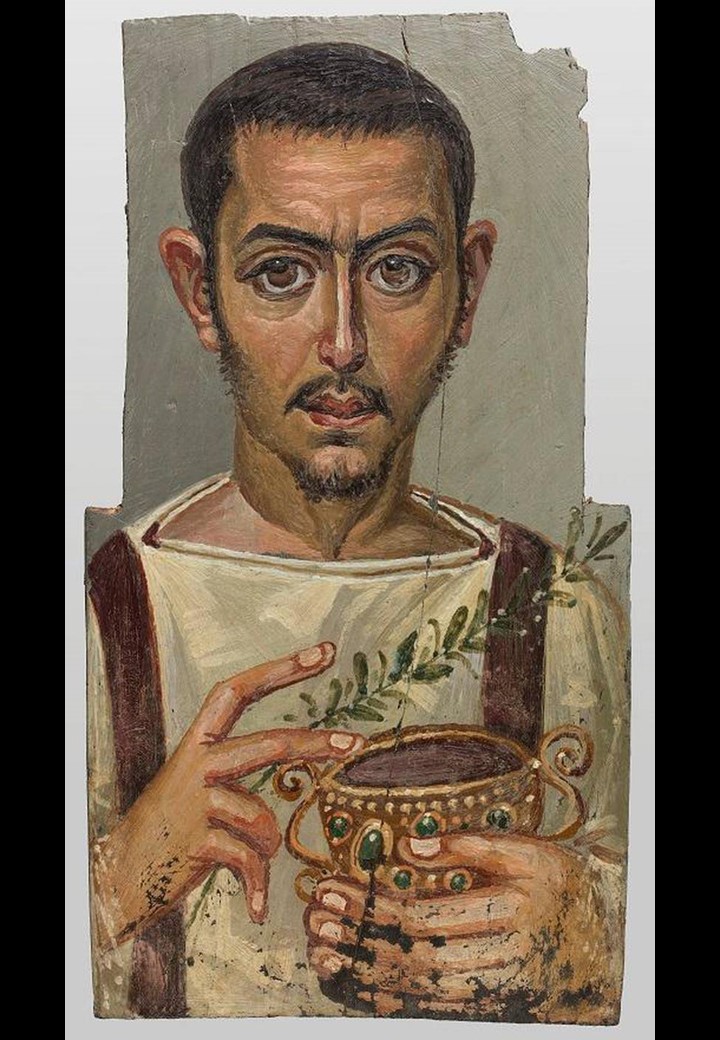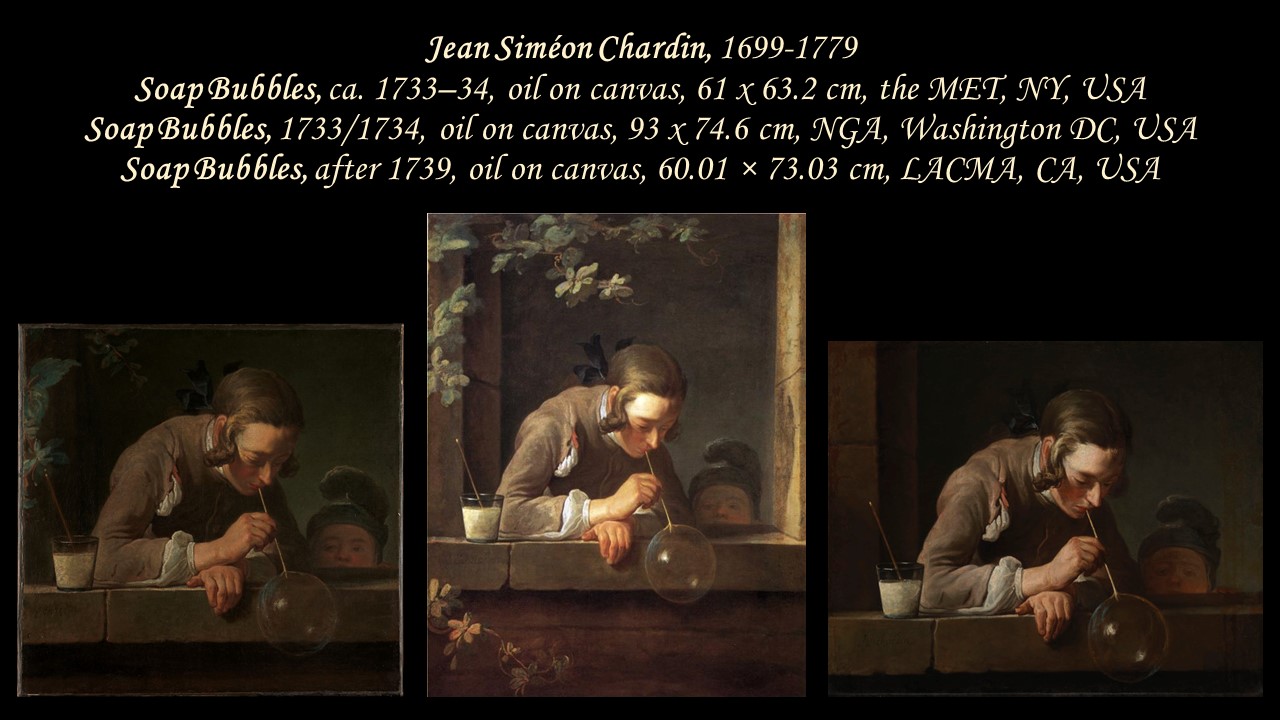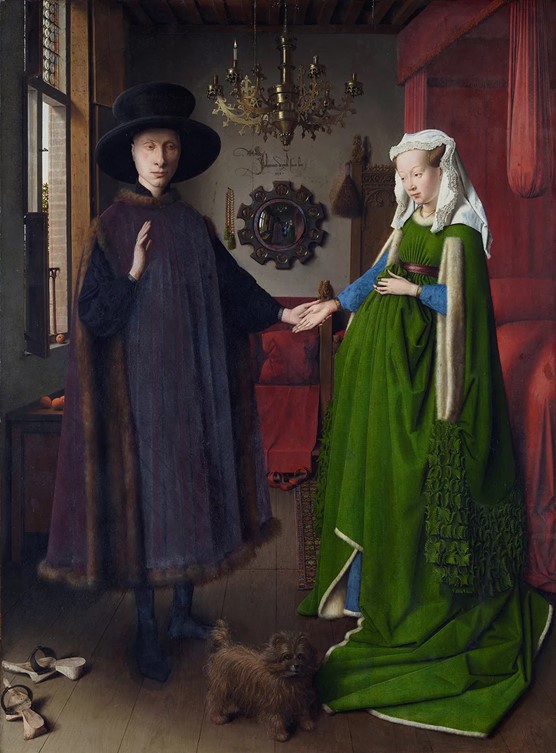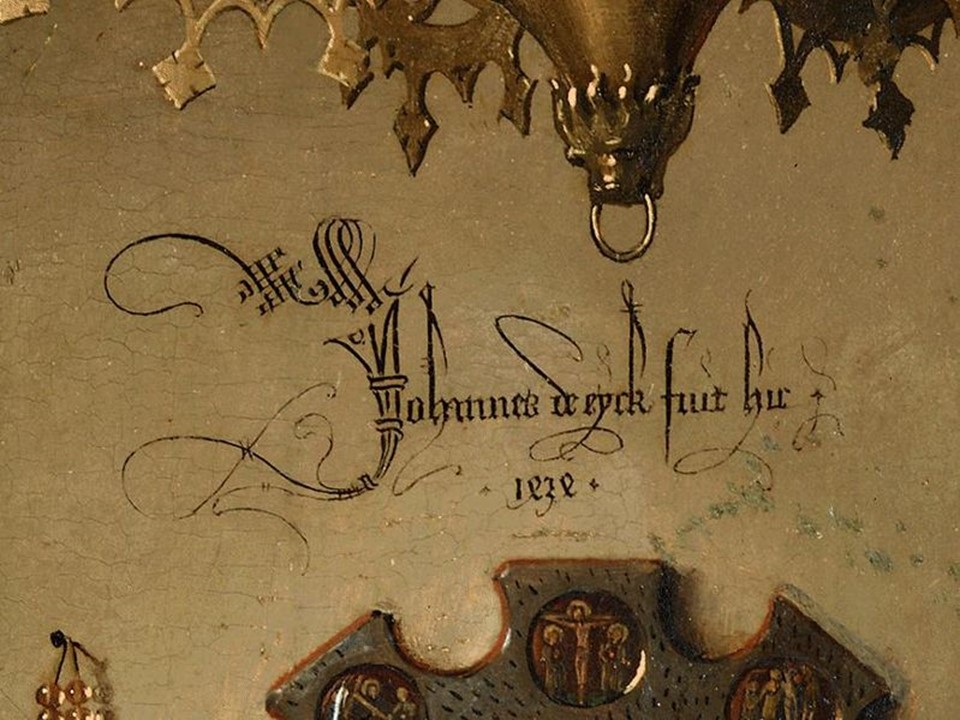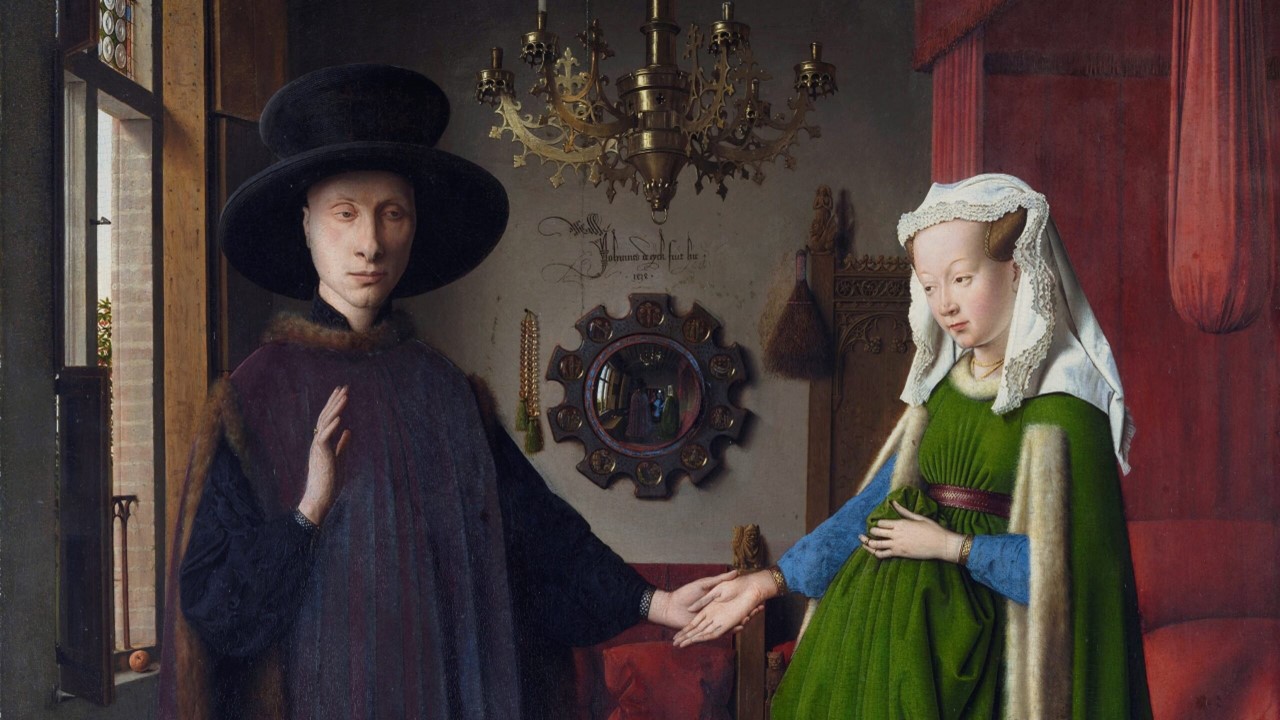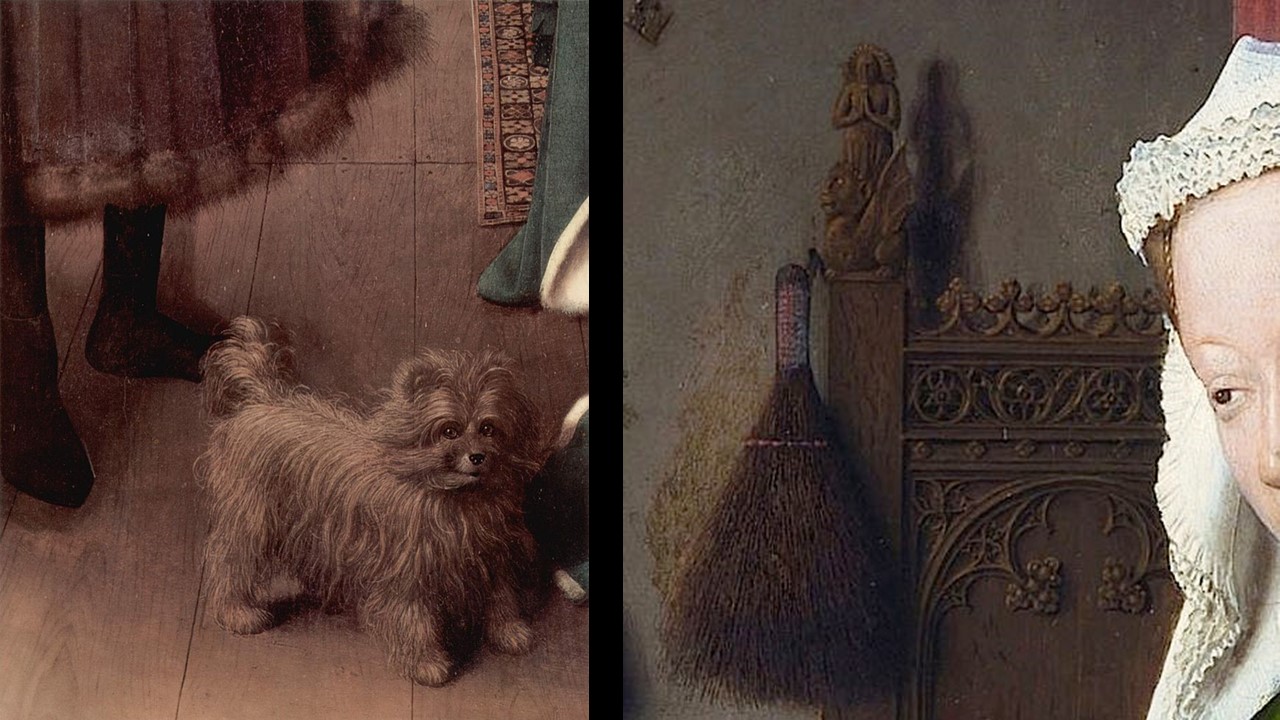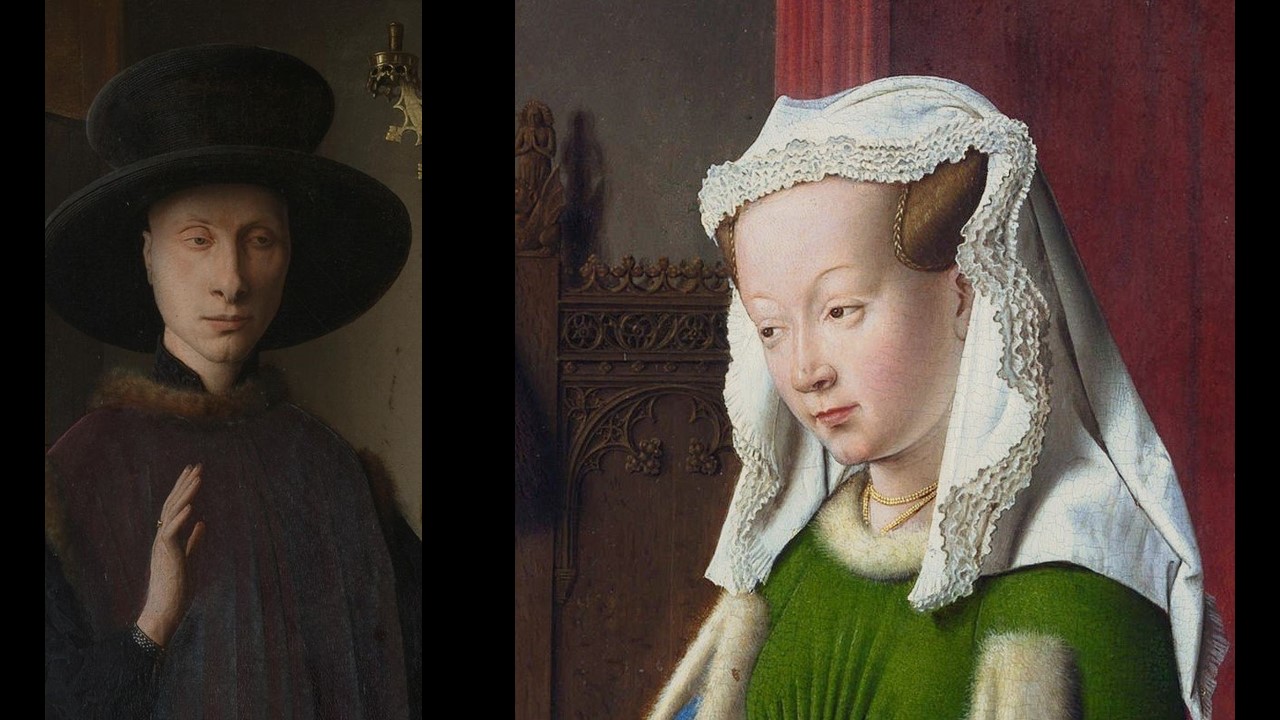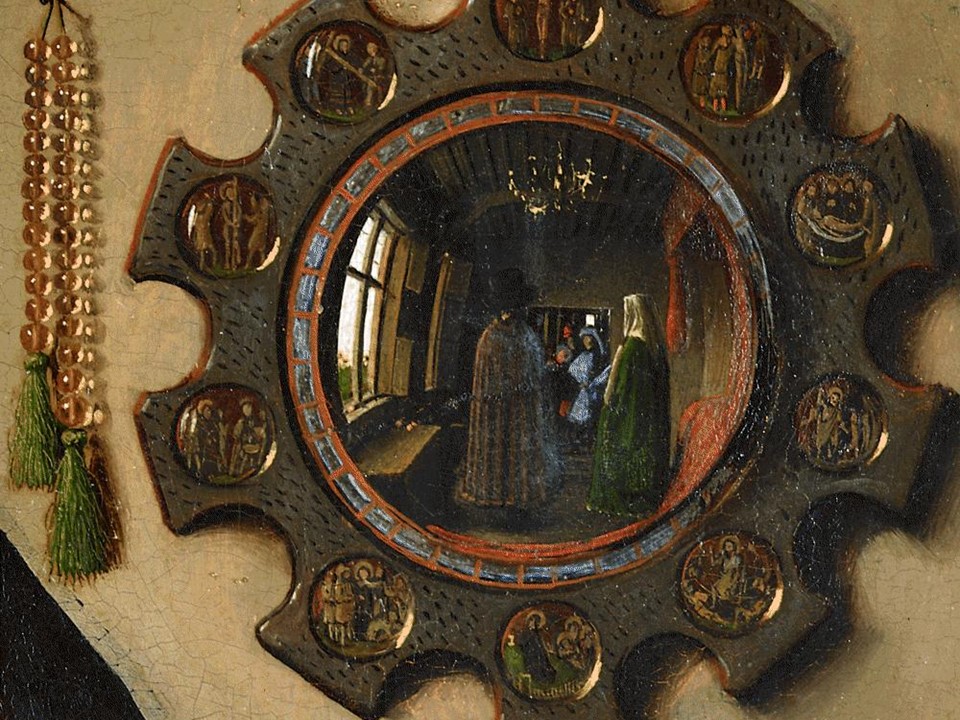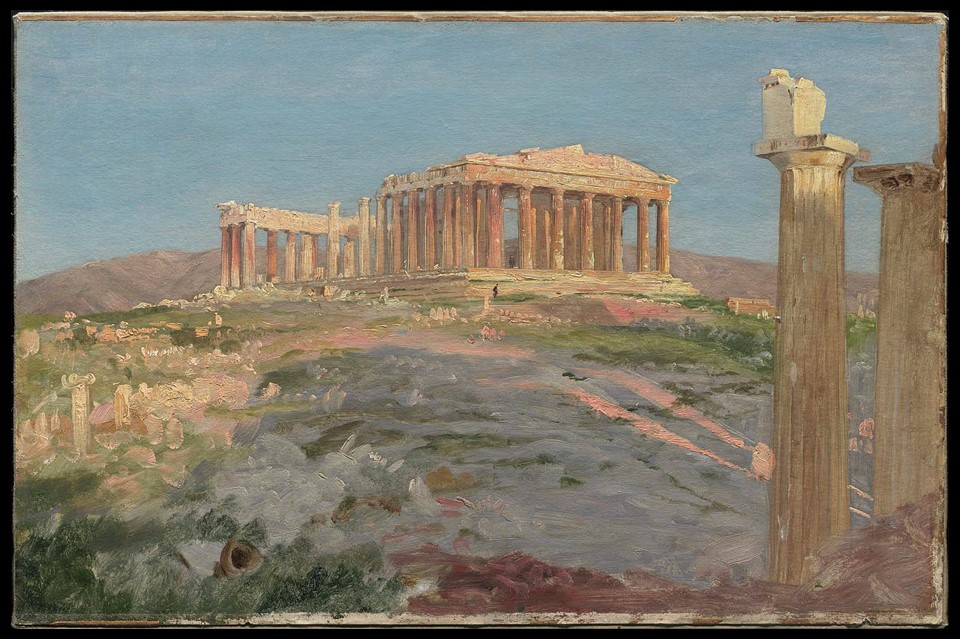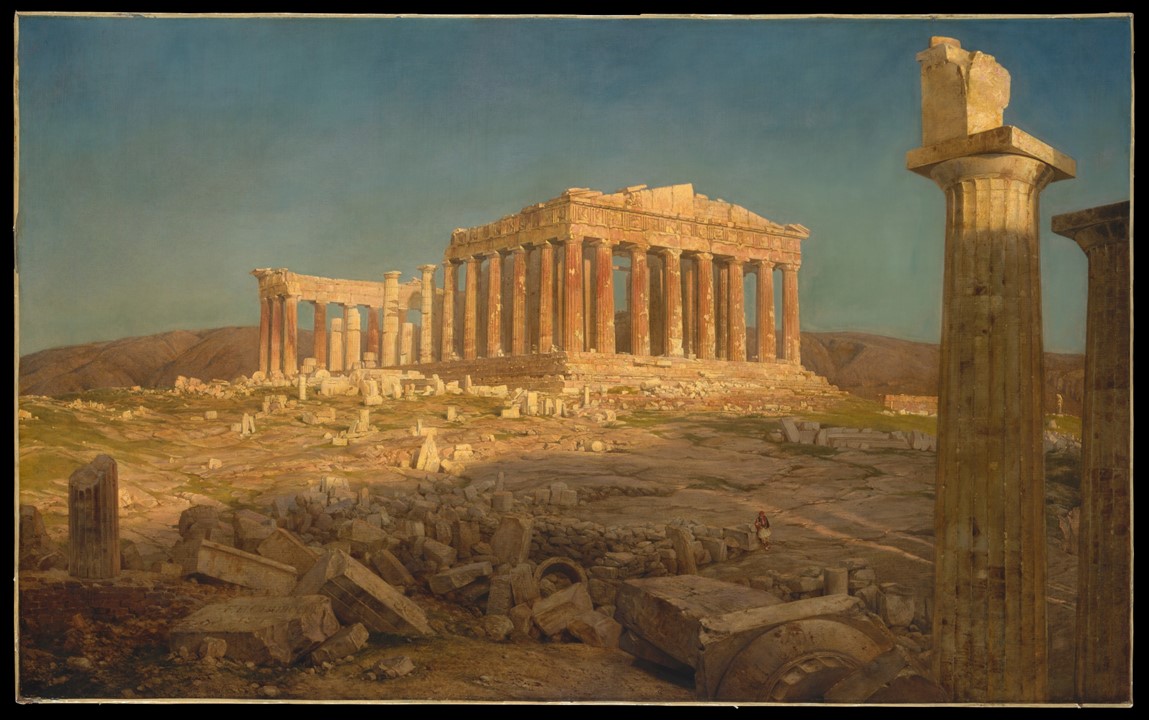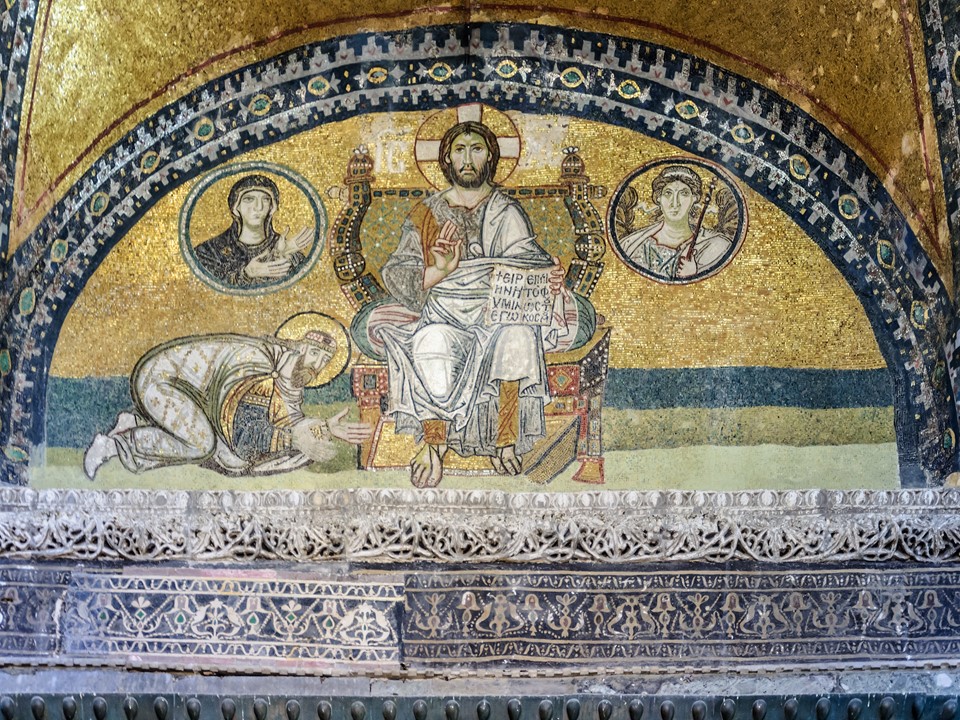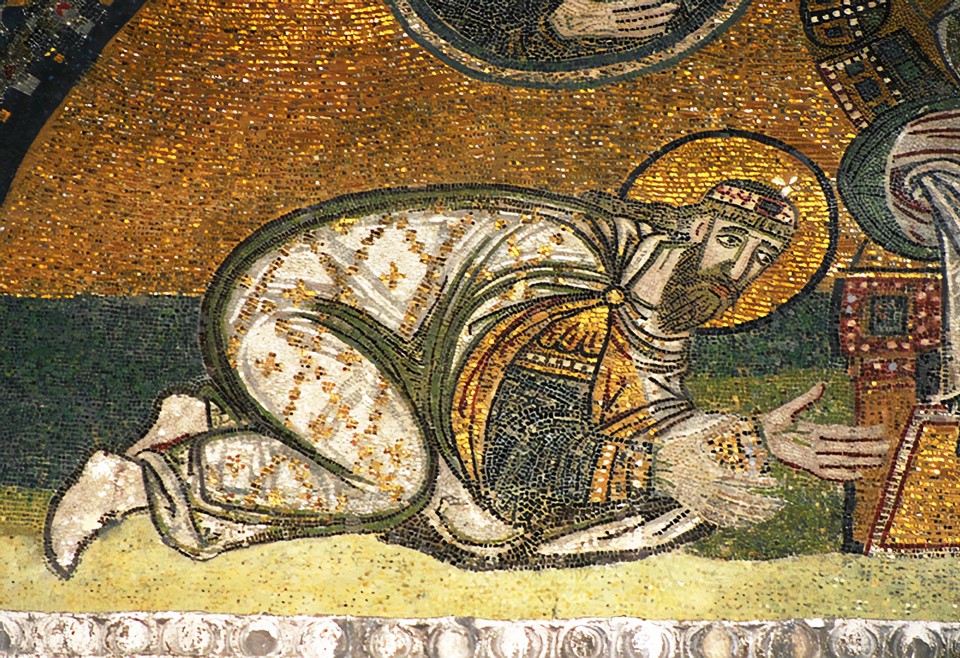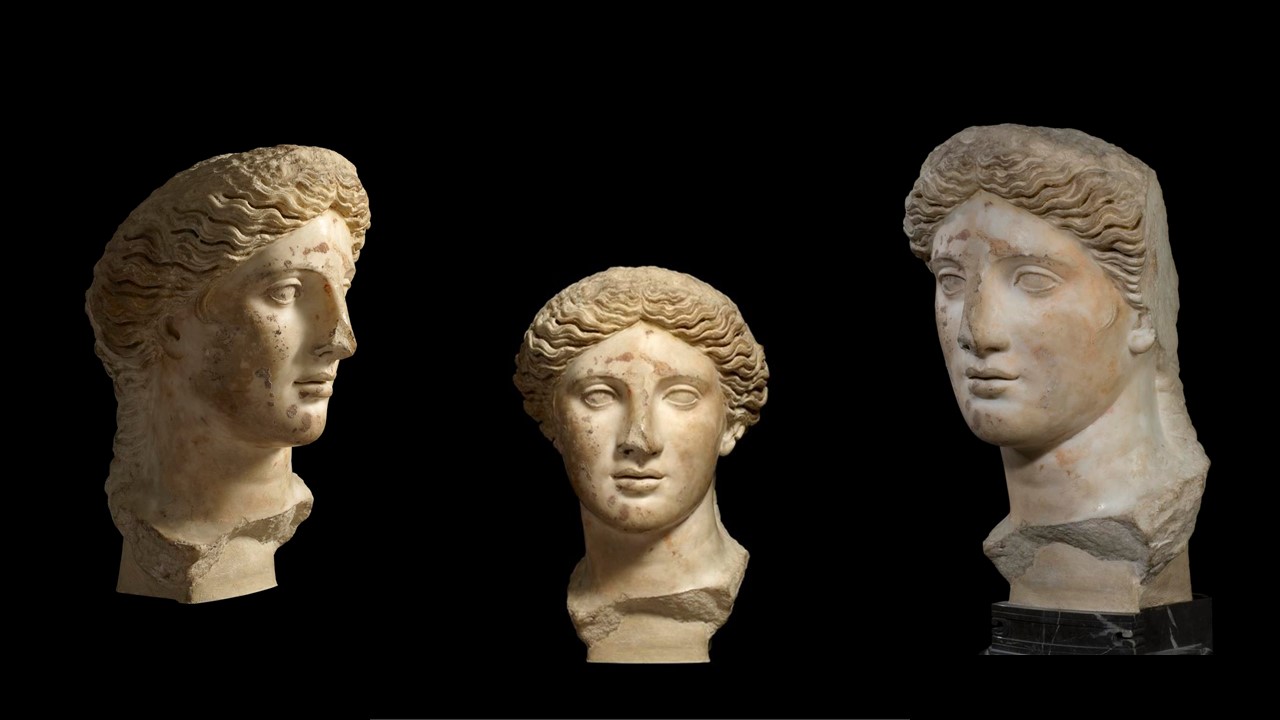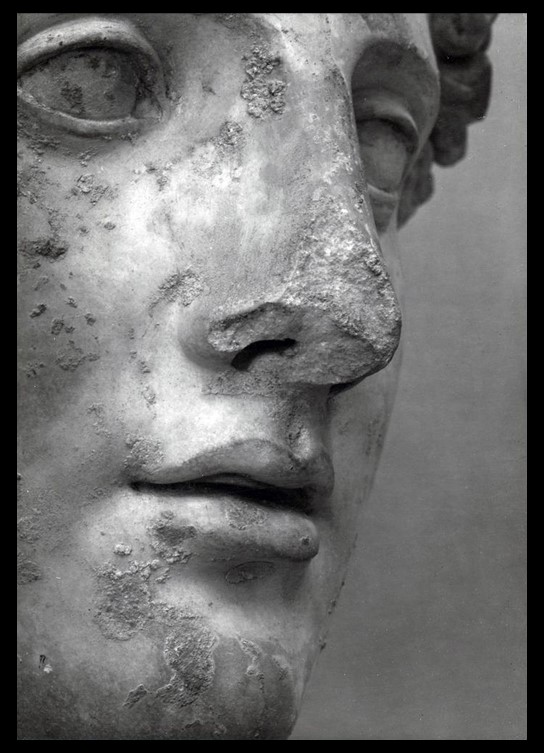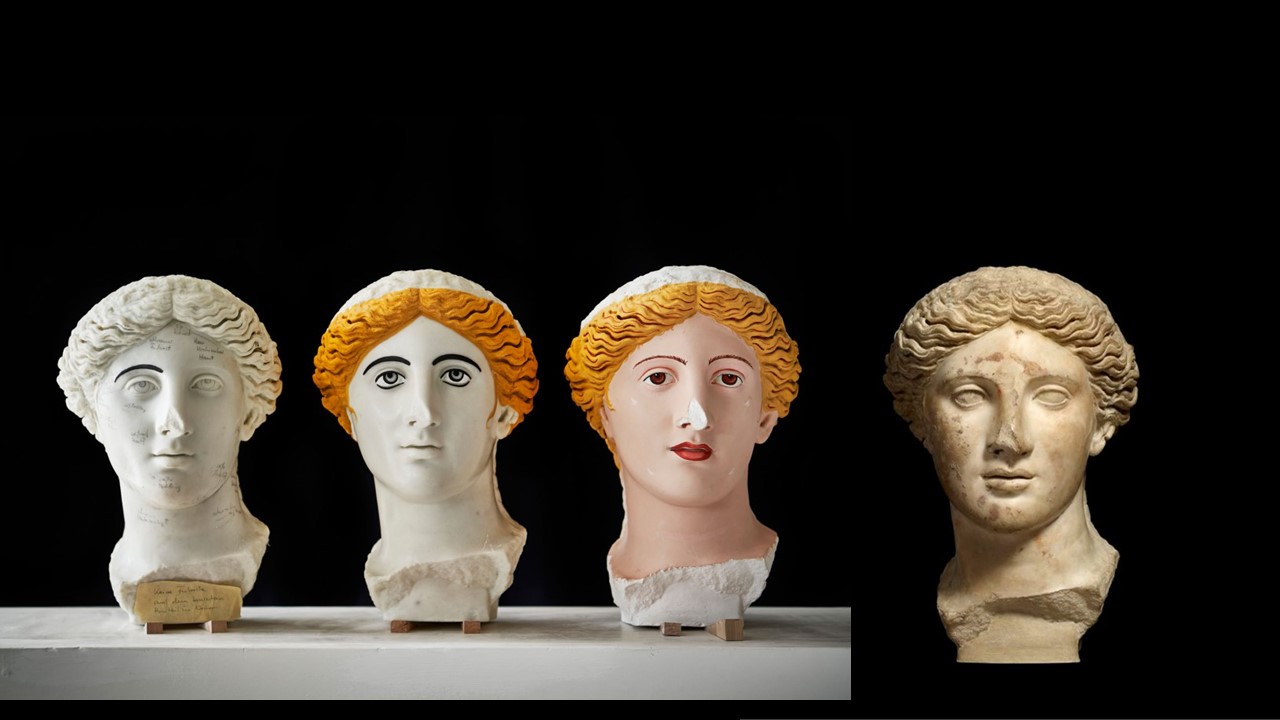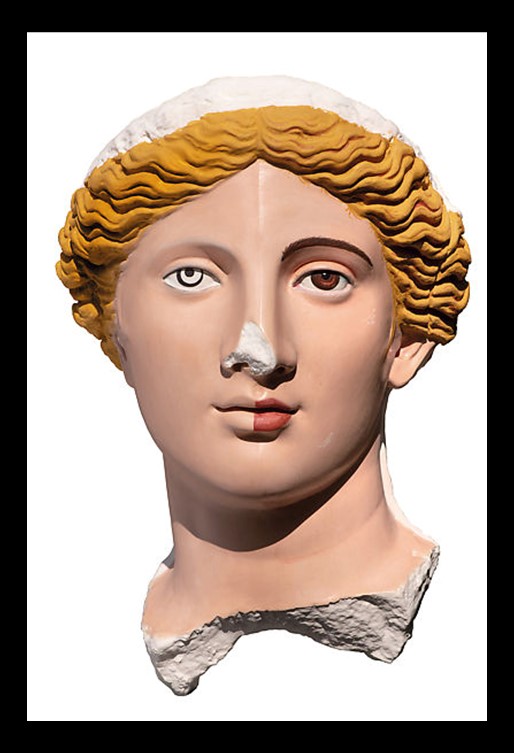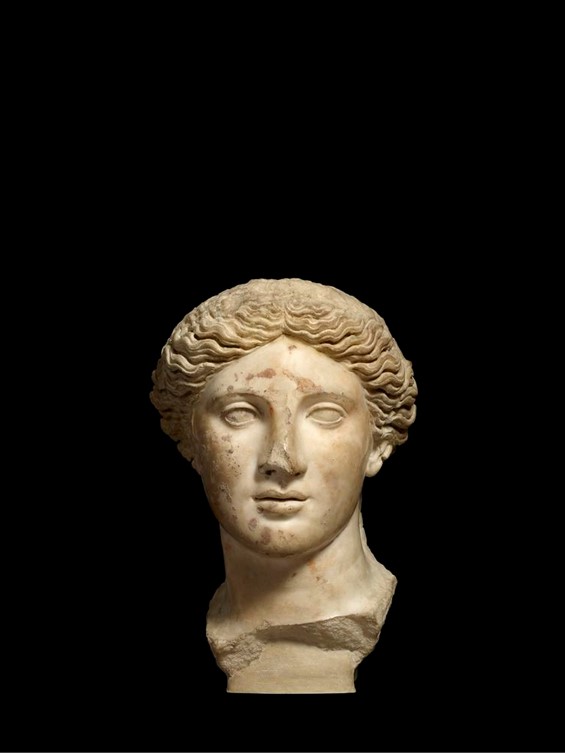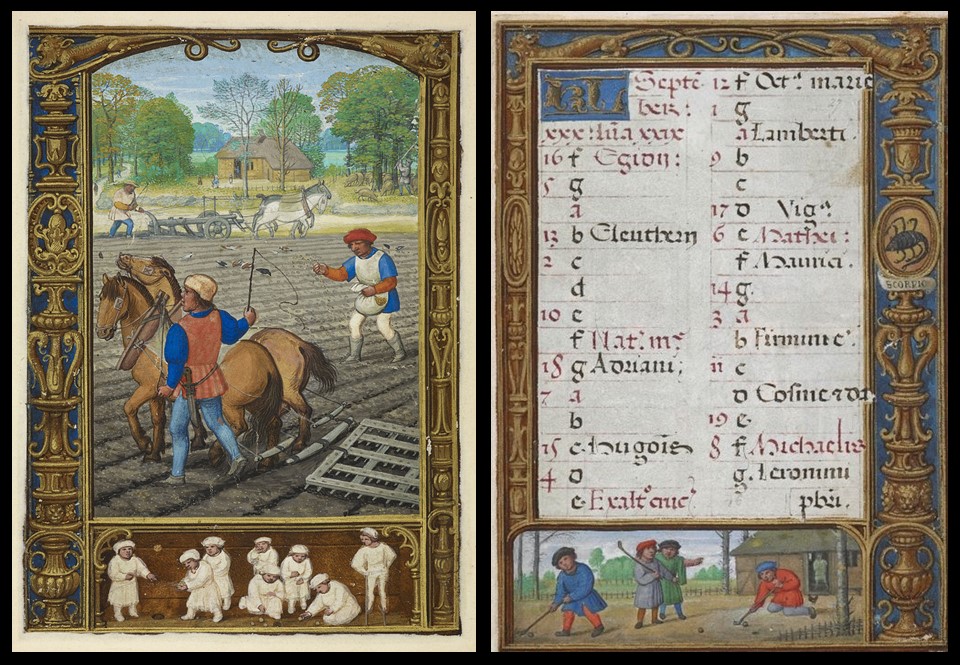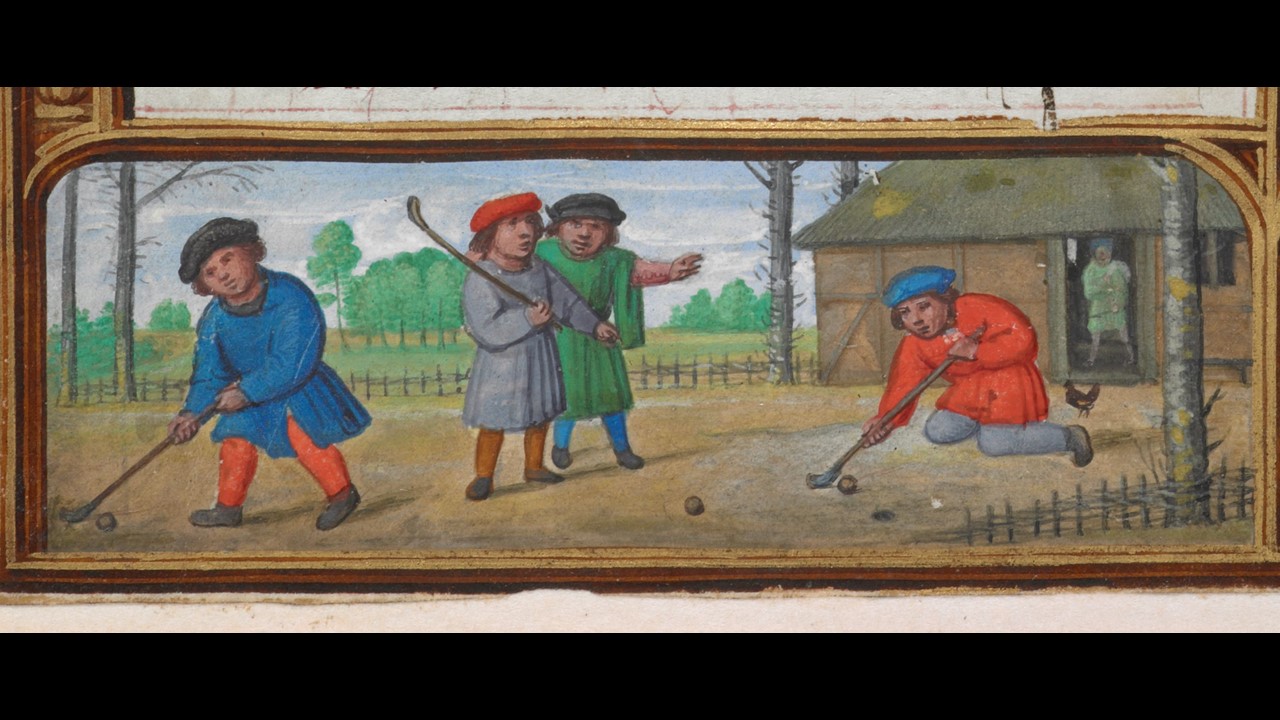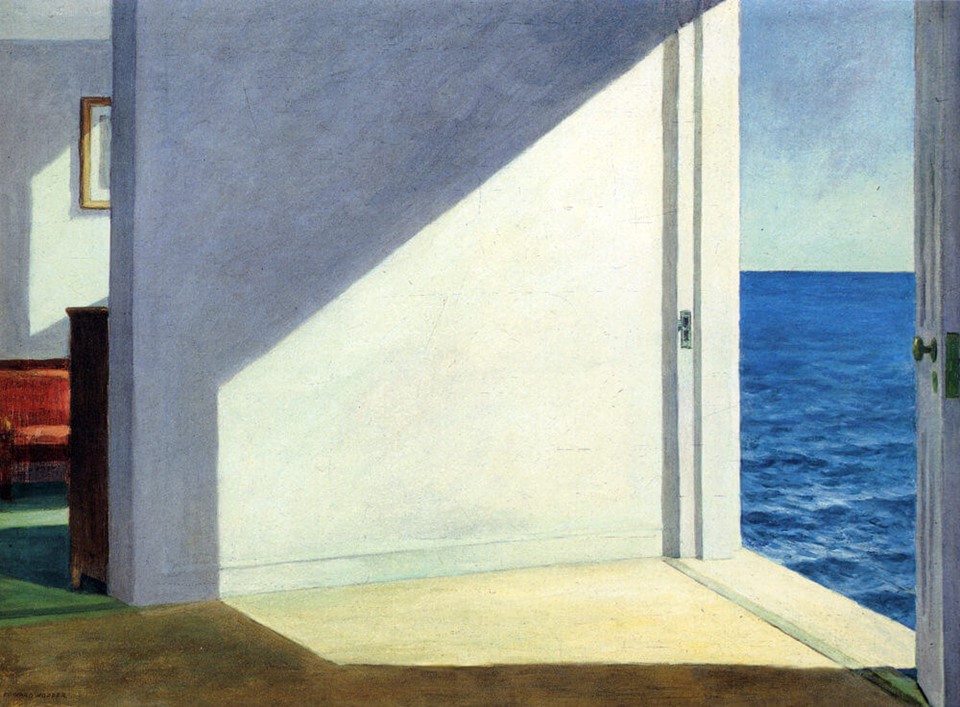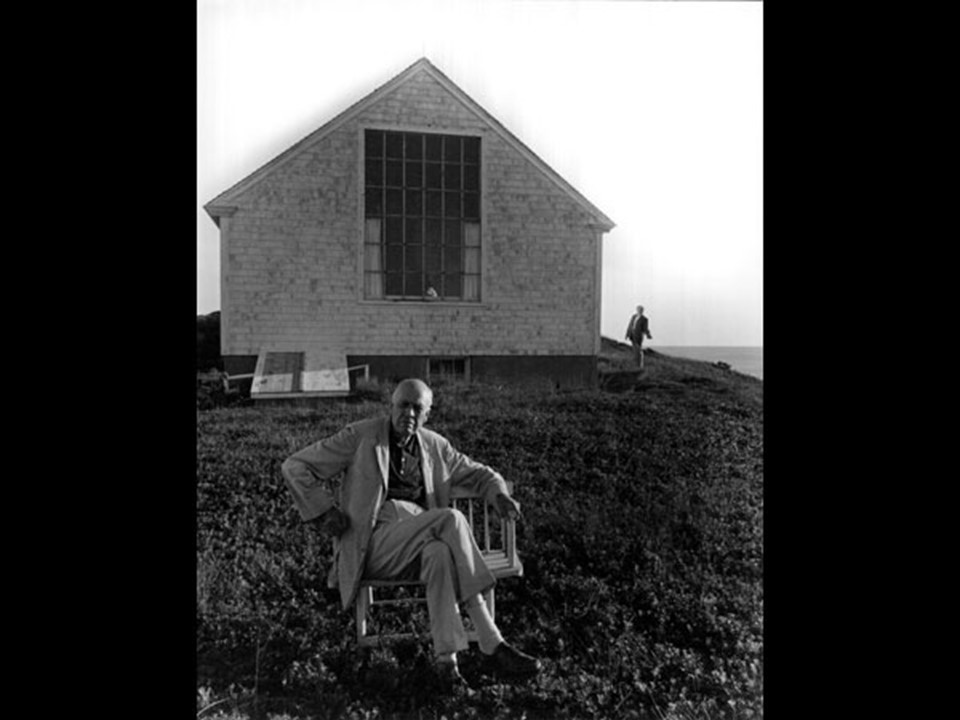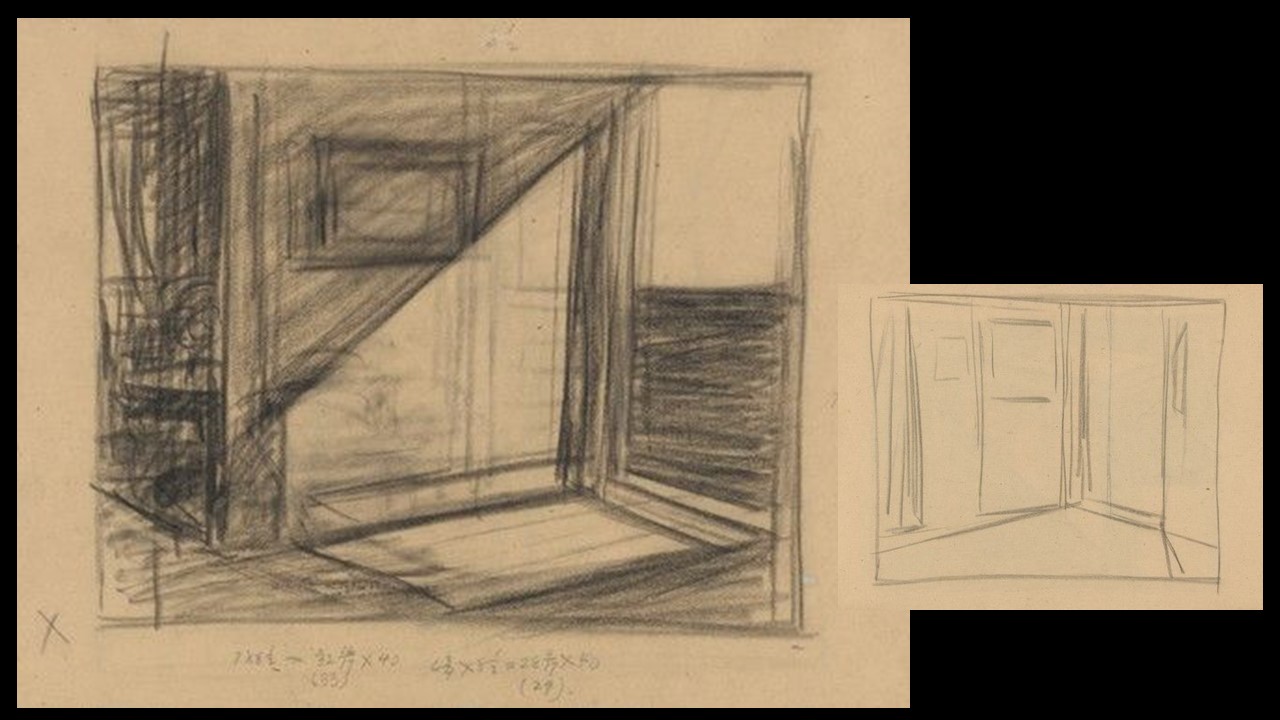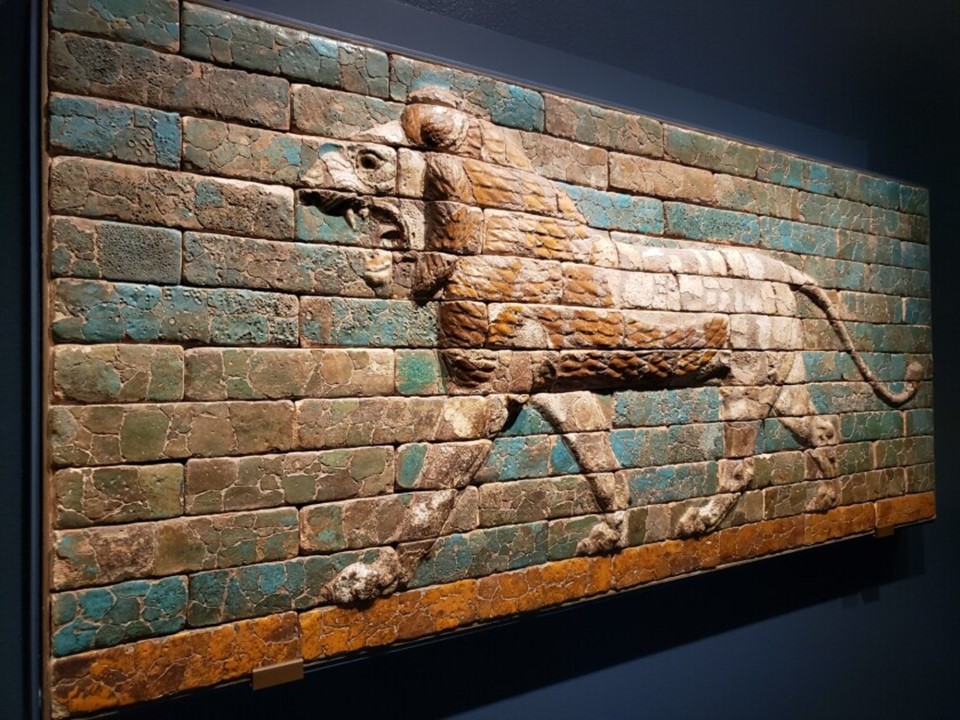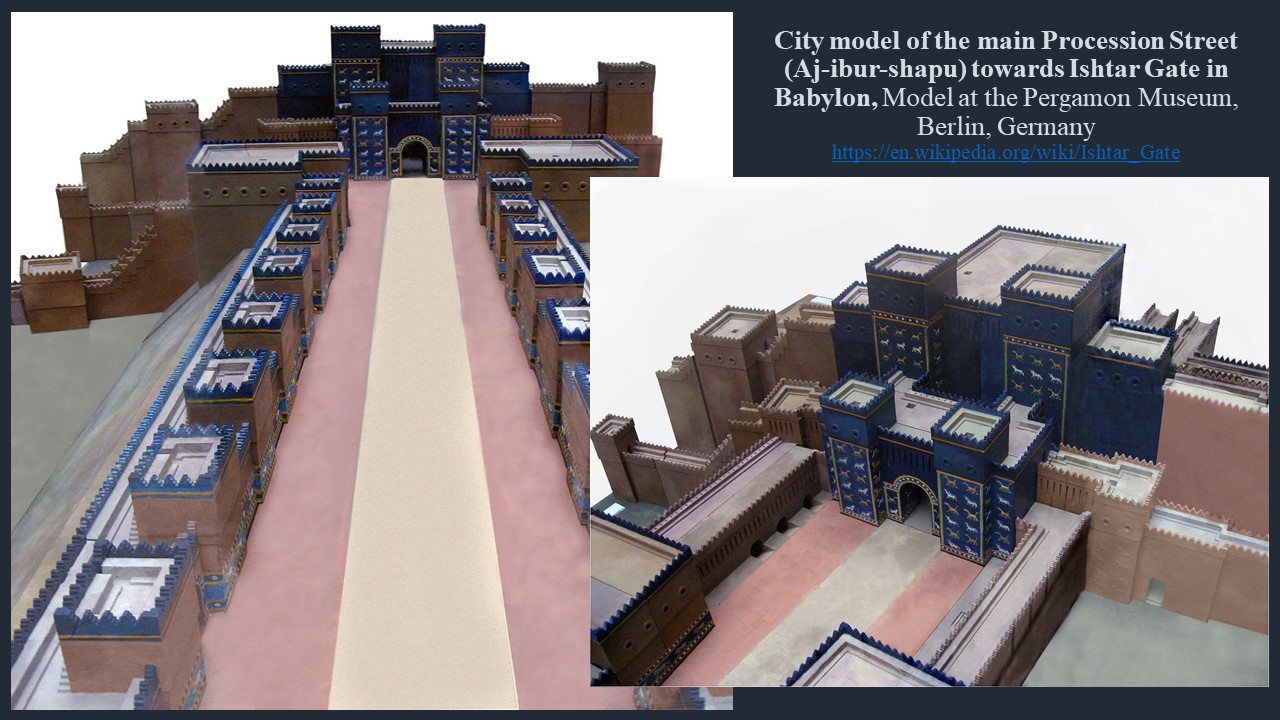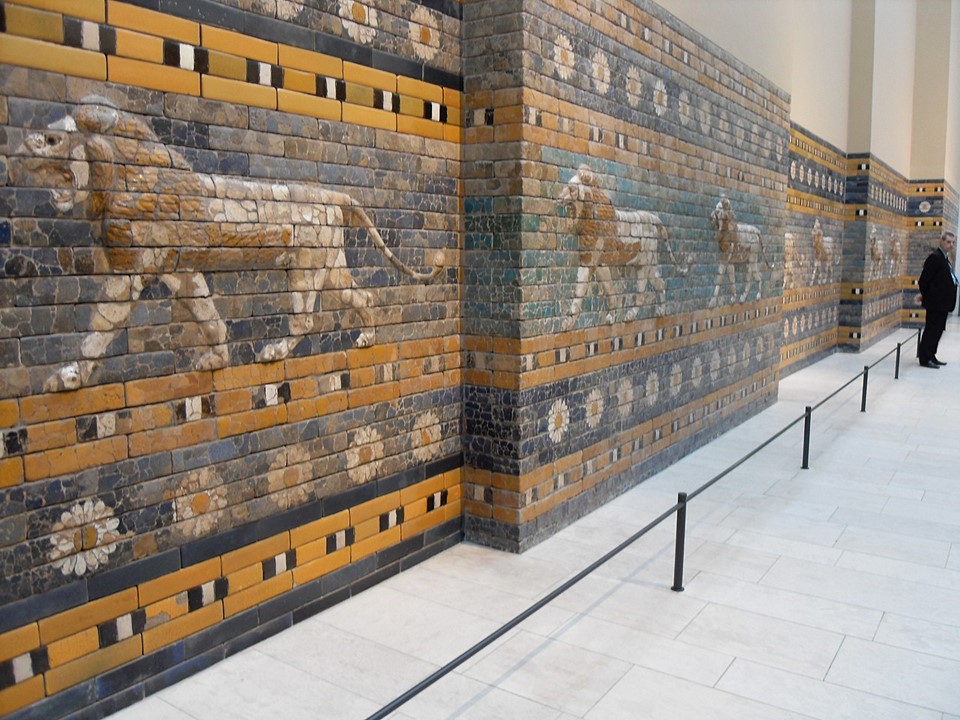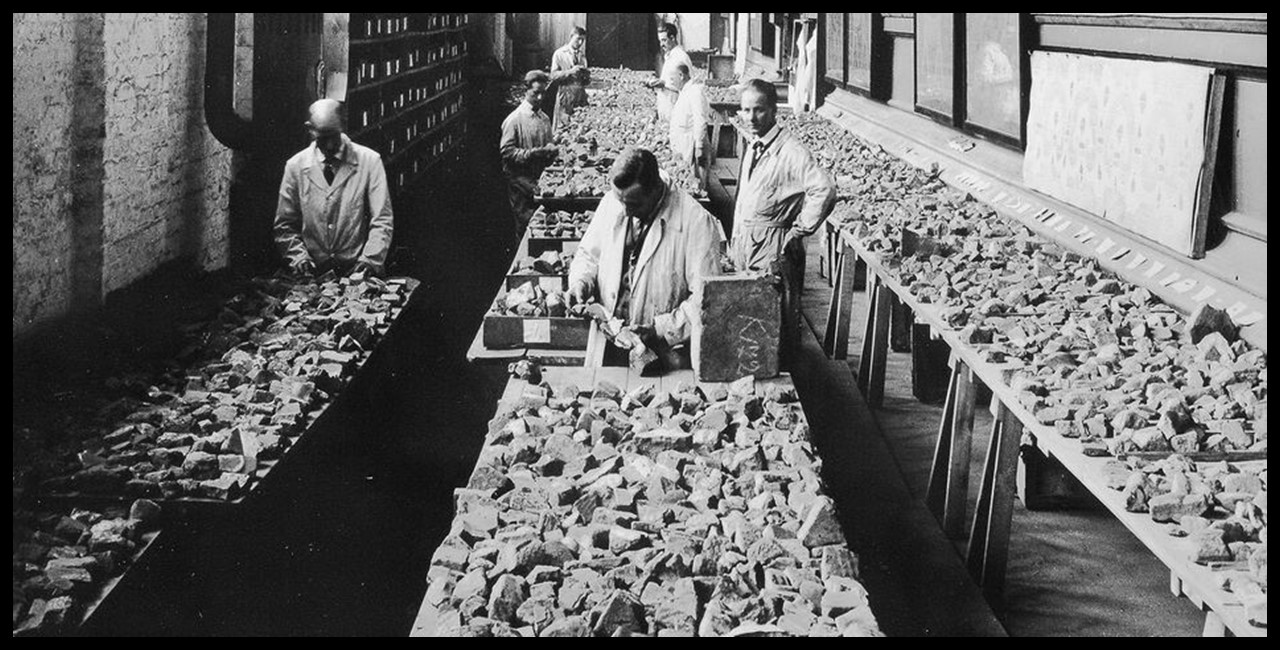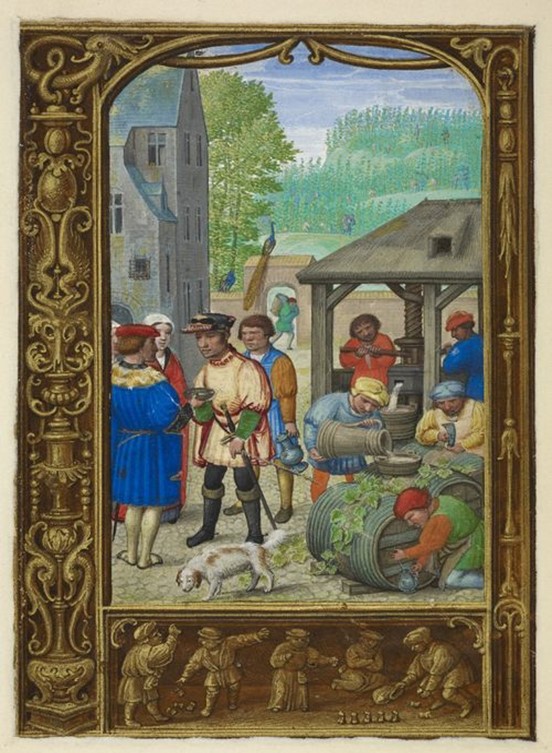
Book of Hours, known as the Golf Book October (f. 27v), c. 1540, 30 Parchment leaves on paper mounts, bound into a codex, 110 x 80 mm (text space: 85 x 60 mm), British Library, London, UK
https://blogs.bl.uk/digitisedmanuscripts/calendars/page/10/
Reading Thomas Parker’sarticle on Rabelais’s Table and the Poets of the Pléiade, I came across Autumn by Jacques Peletier du Mans, one of the early members of the Pléiade… Winey Bacchus readies his hoops, / Prepares wine presses, and repairs vessels. / The harvester has his feet completely soiled / From stamping and squashing the grapes. / And this first run (mère goutte) taste / That the pressed grape gives, / In an undulating torrent / Flows into the vat, / And the large barrel works hard, and groans / In a torturous embracing of the must…I thought, once more, of the Golf Book and of Simon Bening’s October miniature page depicting the harvest of wine grapes and the process of wine-making. https://content.ucpress.edu/chapters/12622.ch01.pdf
Wine-making, and the more agreeable labour of wine-tasting, write the British Library experts, is the focus of the main calendar page for the month of October. Simon Bening provides us with visual representations of the Flemish wine “industry,” sommelier aesthetics, and regional identity in the Renaissance. https://blogs.bl.uk/digitisedmanuscripts/calendars/page/10/
Looking at folio 28v is like reading a specialized wine “vocabulary” book, where a representation of vineyards, a fancy screw wine press, barrels, and grape must, is complete… almost with the sounds of groaning…
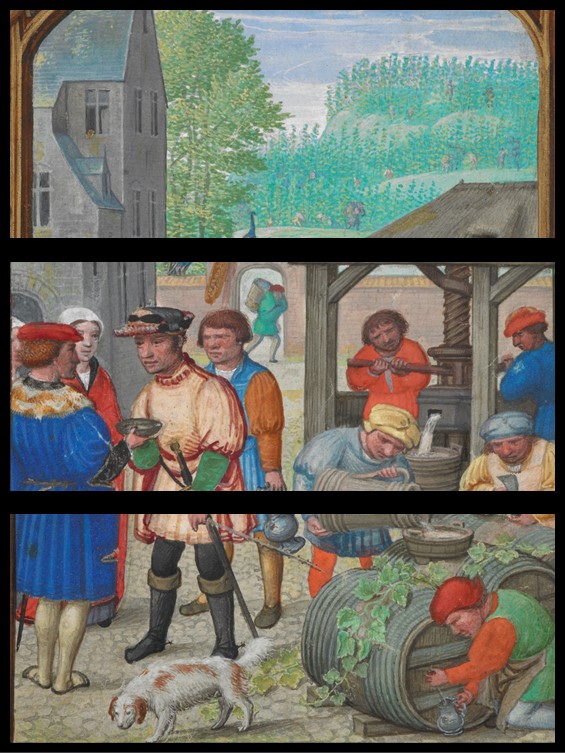
Book of Hours, known as the Golf Book, October (Details, f. 27v), c. 1540, 30 Parchment leaves on paper mounts, bound into a codex, 110 x 80 mm (text space: 85 x 60 mm), British Library, London, UK http://www.bl.uk/manuscripts/Viewer.aspx?ref=add_ms_24098_fs001r
The entire scene is filled with different tasks related to the grape harvest on a lord’s estate, writes Dr. Carlos Miranda García-Tejedor. One nobleman next to his residence offers another a bowl of the wine obtained from his harvest whilst a woman, a lady and a servant holding a pitcher in his hand look on. Beside them are servants carrying out different tasks: filling a barrel with the grape juice flowing from the screw press turned by two peasants; sealing the casks, well-decorated with vine leaves, with a hammer or hatchet; collecting juice for tasting and wine in a barrel, as shown by one of the servants, with a dog beside him, kneeling with a small pitcher in his hand; and, as can be seen in the mid-ground, grape picking, as shown by a man with a large basket or qualus on his back coming through the entrance arch of the stately house crowned by a peacock. The harvest is set in the mountainous landscape in the background, shown in a fine aerial perspective. https://www.moleiro.com/en/books-of-hours/the-golf-book-book-of-hours/miniatura/165
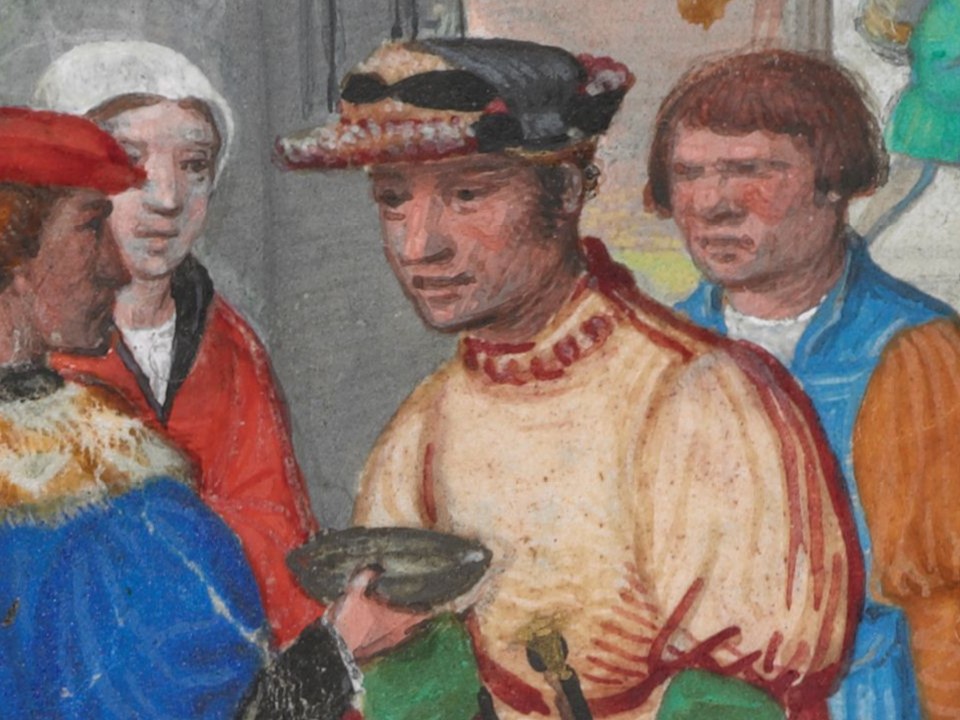
Book of Hours, known as the Golf Book, October (Detail, f. 27v), c. 1540, 30 Parchment leaves on paper mounts, bound into a codex, 110 x 80 mm (text space: 85 x 60 mm), British Library, London, UK http://www.bl.uk/manuscripts/Viewer.aspx?ref=add_ms_24098_fs001r
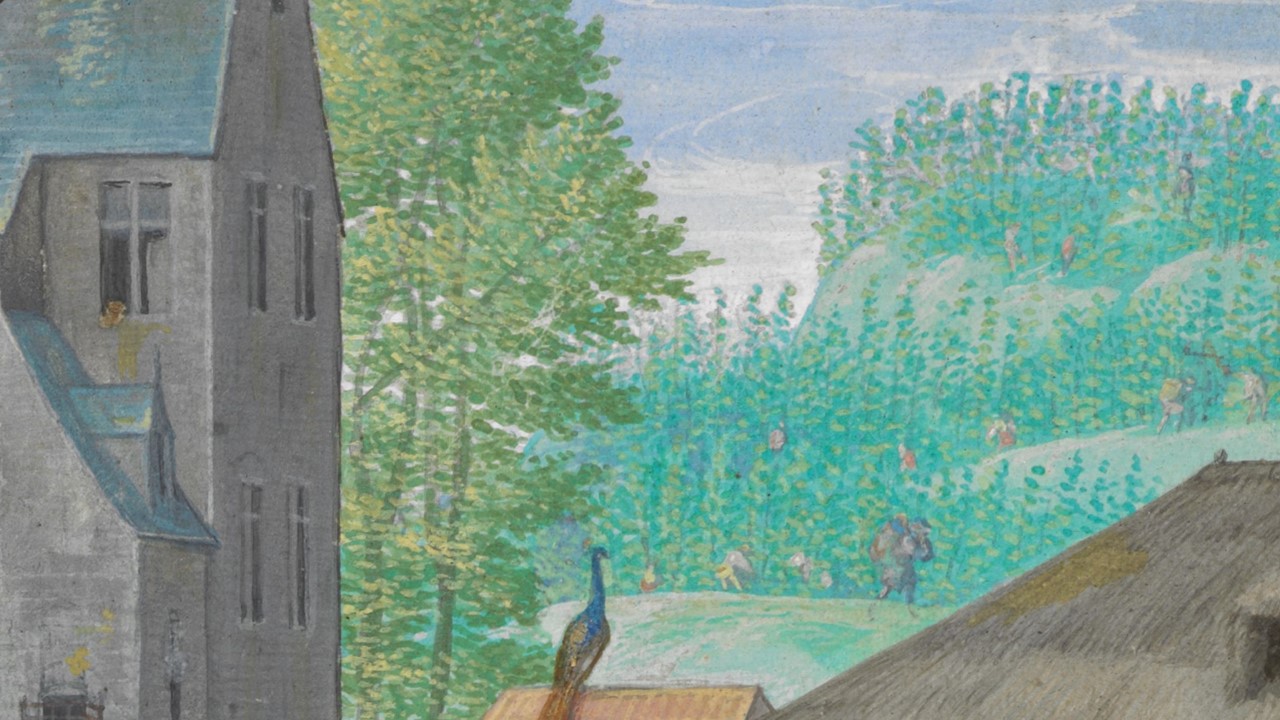
Book of Hours, known as the Golf Book, October (Detail, f. 27v), c. 1540, 30 Parchment leaves on paper mounts, bound into a codex, 110 x 80 mm (text space: 85 x 60 mm), British Library, London, UK http://www.bl.uk/manuscripts/Viewer.aspx?ref=add_ms_24098_fs001r
Simon Bening’s October page depicting scenes of grape-harvesting and grape-tasting gives me the perfect opportunity to introduce my students to viticulture and viniculture! The scientific term “viticulture” refers to the science, study, and production of grapes. The term “viniculture” also refers to the science, study, and production of grapes, but, specifically to grapes for wine. https://www.pacificrimandco.com/blog/viniculture-vs-viticulture
My goal is to focus on Viticulture and plan a variety of Student Activities… HERE!
For a PowerPoint on the Golf Book, please… Check HERE!
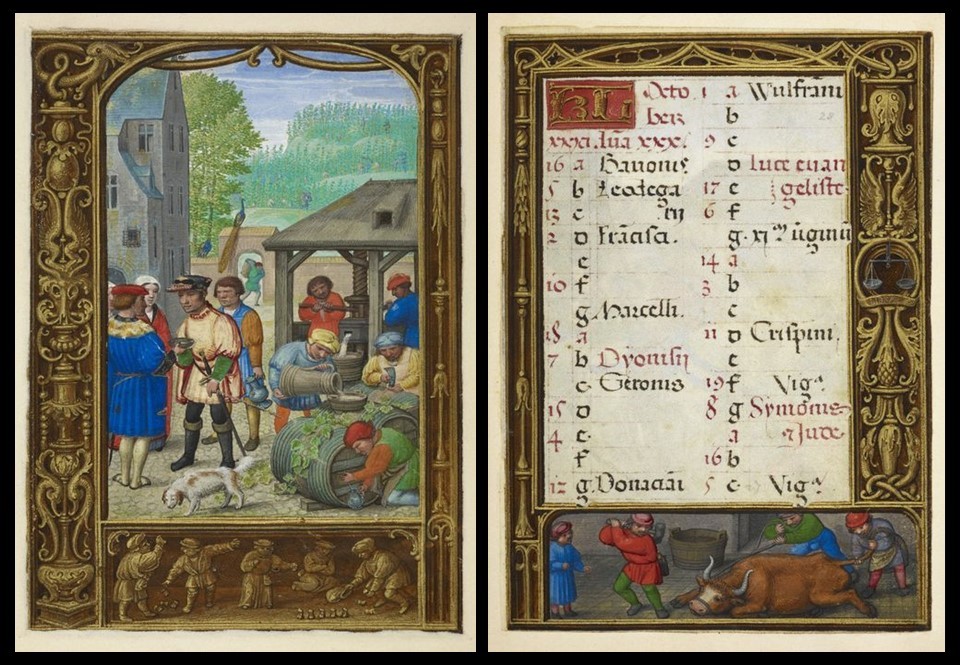
Book of Hours, known as the Golf Book October (f. 27v and f. 28r), c. 1540, 30 Parchment leaves on paper mounts, bound into a codex, 110 x 80 mm (text space: 85 x 60 mm), British Library, London, UK
https://blogs.bl.uk/digitisedmanuscripts/calendars/page/10/
